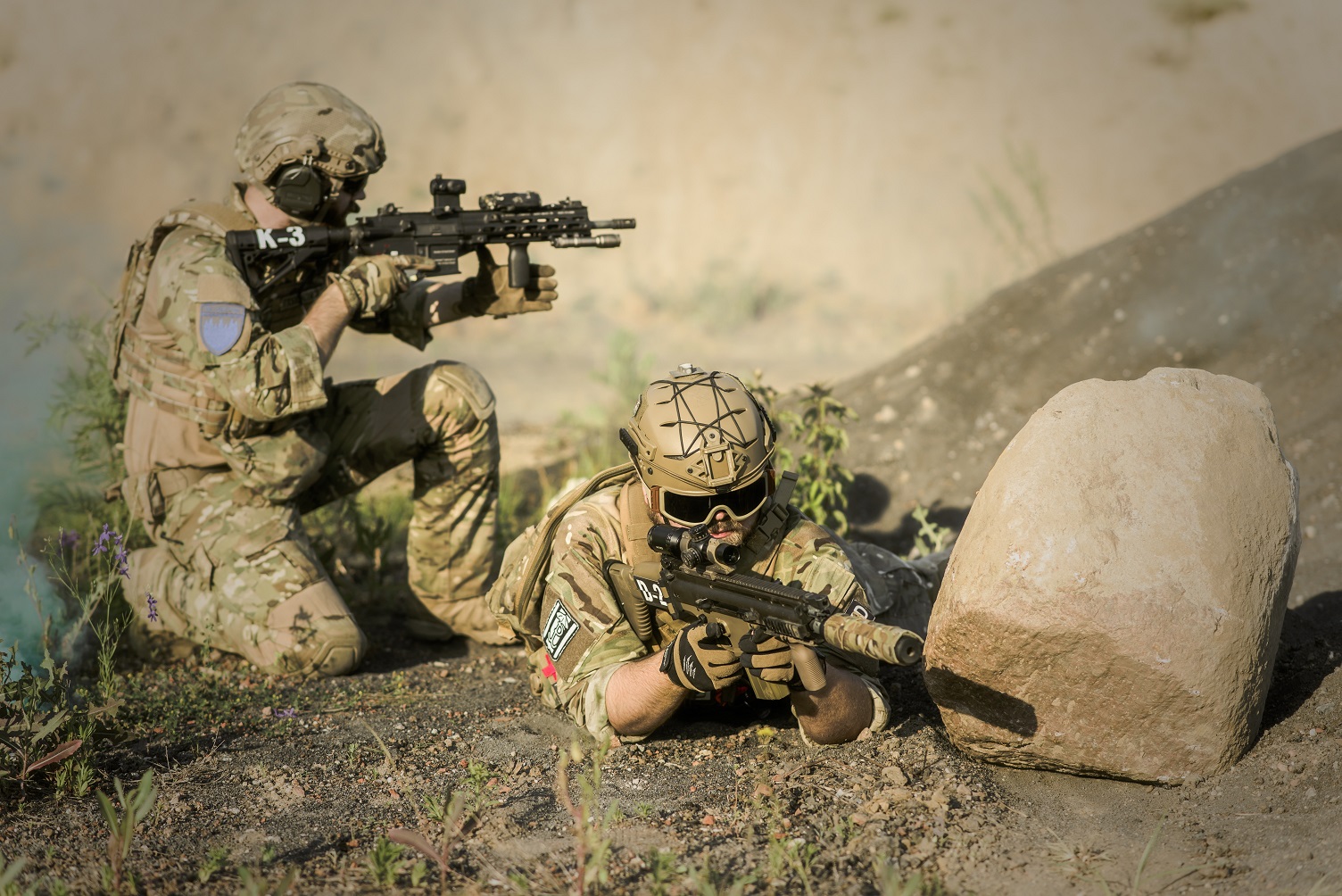In recent years, the world has witnessed a significant surge in terrorist attacks, insurgencies, and the rise of organized crime. This development has led to an urgent call for advanced defensive technologies. One such area of interest is lightweight body armor for military and law enforcement agencies. The demand for lightweight protective gear has led to the rapid development of cutting-edge materials and techniques. Today, we take a deep dive into how technology is revolutionizing lightweight armor.
Conventional Armor and Its Drawback
For decades, the mainstay of personal protective equipment has been bulky armor. While such armors provide excellent protection against ballistic and other kinetic projectiles, they leave much to be desired. Conventional body armor shares one significant quirk: it significantly impairs mobility. In an encounter with a threat, the defender needs to move quickly and agilely. That’s where traditional heavy armor fails. It can weigh as much as a loaded backpack, causing joint and bone injuries, and a significant impediment in quick movements.
Introduction of Ultra-Lightweight Body Armor
In recent years, scientists have developed cutting-edge material science techniques that can make hyper-lightweight body armor more effective than bulky counterparts. These ultra-light and flexible body armor have proven to be useful in both military and law enforcement settings. Some of the materials used in lightweight armor include aramid fibers like Kevlar, carbon, and polyethylene fibers. The armor typically weighs around 10-20 pounds, much lighter than conventional vests which can tip the scales at 50-60 pounds.
Next-Gen Body Armor
As advancements in material science continue, researchers are continually working on next-generation body armor that stretches beyond current capabilities. One exciting development is the use of nanotechnology to enhance the strength of acrylic-based fibers. The engineered fibers have a strength-to-weight ratio much higher than that of steel. Other developments include armor with an even bigger weight reduction, from under five pounds to sub-pounds. Additionally, some researchers are working on armor that can heal after damage, further enhancing the durability of the armor.
Financing and Development
The development of lightweight armor and other high-tech solutions to modern-day security threats comes with an expensive price tag. However, the US government’s Defense Advanced Research Projects Agency (DARPA) and other military funding authorities have been spending millions to research and develop lightweight armor. Private companies have also joined the race, developing affordable vest options that meet market demands.
The military and law enforcement agencies must remain agile in the face of ever-evolving security threats. Body armor technology must remain ahead of new challenges with ever-innovative protective wear that doesn’t hamper mobility. The cutting-edge materials in lightweight armor are proof of an industry pushing forward to find more effective and efficient solutions to threats. As materials improve further, we may see new advancements in protective gear that can revolutionize the industry for good.
The rise of technology has brought about intense changes in the world of personal protective equipment. The evolution of lightweight body armor is an example of an industry that is front and center in this revolution. The limitations of traditional bulky armor have necessitated the development of cutting-edge materials and techniques. The use of advanced materials has made lightweight armor more effective, efficient, and mobile while offering unprecedented levels of protection. As research and development continue, we can expect continued progress in personal protective equipment that meets the needs of the ever-evolving security landscape.
For more great articles, please click here.



